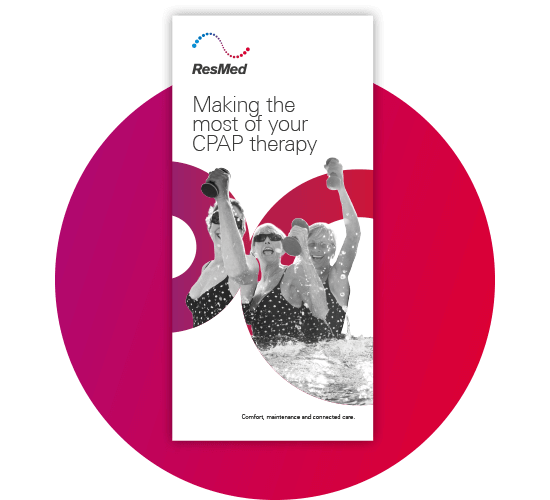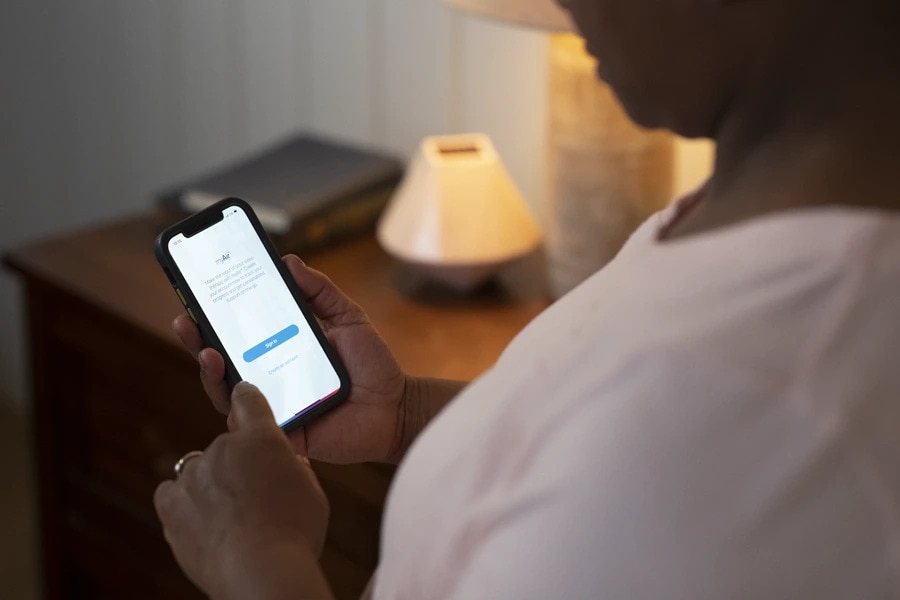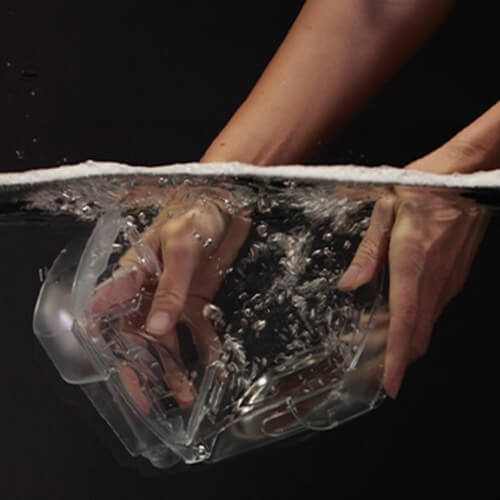How to clean your CPAP machine
Cleaning a CPAP (continuous positive airway pressure) machine and its associated equipment is important for maintaining a healthy environment during your sleep therapy and to prevent potential bacteria build-up. Unclean equipment can negatively affect the performance of your CPAP treatment, so it’s important to follow a regular CPAP component cleaning schedule. As you’ll see, a little upkeep can reap big rewards!
CPAP components cleaning FAQs
Cleaning CPAP masks
Your mask user guide contains detailed instructions on cleaning your model of mask. The following cleaning instructions apply to most masks.
For every day, or after each use, you should:
- Disassemble the mask components (refer to your mask user guide for instructions). If you’re using a nasal pillows mask, you should remove the nasal pillows from the frame.
- Thoroughly handwash the separated mask components (excluding headgear and soft sleeves if your mask has them ) as outlined in the steps above.
- Use a soft bristle brush to clean the vent or any rotating parts on your mask such as the swivel, swivel ring or ball joint that require cleaning. Inspect each component and, if required, repeat washing until visually clean.
- Rinse all components well with drinking-quality water and allow to air-dry out of direct sunlight, as described above .
- Reassemble the mask (see the mask user guide for instructions).
Every week, you should:
- Handwash the headgear, including the soft sleeves if these form part of the mask, rinse and dry as detailed in the steps above.
- Please note headgear can be washed without being disassembled. The dye used in the headgear may run during the first wash.
If any component remains unclean after washing, or there is visible deterioration of a component (cracking, discolouration, tears, etc.), that component should be replaced.
You should clean your CPAP hose/air tubing once a week as detailed in the steps above – check your user guide for specific recommendations for your type of mask
This depends on the type of cushion you have. CPAP mask cushions should be cleaned every day after use, as they come into contact with your face. Regular cleaning also helps prevent the spread of germs and bacteria. If you have an AirTouch cushion you should not submerge it in water – clean with an alcohol-free wipe instead. All other types of cushion should be cleaned daily as per the process above – check your user guide for specific recommendations for your type of mask.
Take a look at the steps above and refer to your user guide for detailed instructions on the best wa y to clean both your CPAP mask and hose/tubing.
It is important not to use any harsh detergents or abrasive cleaning products when cleaning your CPAP mask components – you do not necessarily need a special CPAP cleaner , just very mild washing-up liquid. Stronger cleaning products can not only damage your mask but may also leave harmful residues behind.
You should also not use any of these to clean you mask:
- Aromatic-based solutions or scented oils (e.g. eucalyptus or essential oils)
- Antibacterial soaps
- Dishwasher detergent (even if mild)
- Alcohol
- Bleach
- Strong-smelling products (e.g. soaps with citrus)
- A washing machine or tumble dryer
We offer a range of specially designed CPAP mask wipes that you can use to clean your CPAP mask – particularly useful if you’re travelling or have an AirTouch cushion that needs wiping after each use. You can find out more and buy them from our eshop.
You don’t need a special CPAP cleaner to clean your mask or equipment and prevent the growth of bacteria – an ordinary mild washing-up liquid and warm water is recommended – but you can also use our CPAP mask wipes for certain cleaning tasks, such as cleaning AirTouch cushions*.
Yes, we recommend more frequent cleaning of your mask components if you have a cold, flu or other virus/infection to help prevent the spread of germs and bacteria.
CPAP humidifier
You should give your humidifier water chamber/tub a quick clean every day as detailed in the steps above, and a more thorough clean once a week, also detailed above.
Do not use any of the following to clean your humidifier water chamber as they may cause damage and reduce the life of the product:
- Bleach, chlorine- or aromatic-based solutions
- Moisturising or antibacterial soaps
- Scented oils
- Water-softening and unapproved descaling agents
Our user guides contain instructions on cleaning your specific type of device and its components. You can download a copy of the user guide from this page.
No, it is not necessary to use distilled water, it just needs to be drinking-quality water.
As detailed in the steps for cleaning your humidifier water chamber above, you can use a solution of one-part white vinegar to nine-parts room-temperature water to soak your humidifier tub before rinsing well in warm, drinking-quality water afterwards.
Generally, air tubing should be removed every day and washed once a week, as detailed in the steps above.
Please refer to your CPAP machine user guide for detailed instructions on cleaning.
CPAP machine
You don’t need to clean your CPAP machine every day like your mask or humidifier, but we do recommend weekly cleaning, with a dust and wipe of the external surface, and checking the filters monthly.
You may have seen special machines such as ozone or ultraviolet light devices used as a CPAP cleaner. However, Resmed has observed that prolonged and repeated use of such devices may eventually cause internal damage to a Resmed CPAP machine, leading to an increase in motor noise. The Resmed limited warranty excludes damage to Resmed machines caused by use of ozone devices.
We do not recommend using a CPAP cleaner machine, for the reasons outlined above. We also do not recommend that people use dishwashers or clothes washing machines to clean or wash CPAP equipment as they can cause damage. You should also not iron headgear, as the heat can damage the material.
You can choose a mild washing-up liquid made from natural ingredients when shopping for your cleaning products. However, remember to avoid citrus or essential oils when cleaning your mask. It’s also possible to use a solution of one-part white vinegar to nine-parts water to clean your humidifier tub as described above.
Cleaning your CPAP equipment is important as it’s more likely to be effective if it’s kept in good condition – for example, oil from your skin can cause a build-up of residue on your mask, which, as well as sounding rather unpleasant, can affect your mask’s fit or cause air to escape – mask leak. But the good news is, as explained in this article, it only requires a little regular effort to maintain your equipment’s performance. Please see the instructions above and refer to your user guide for specific guidance about maintaining your equipment.

Simple steps to enjoying a better CPAP experience
Do you wish your therapy was easier or more comfortable? Do you have questions about cleaning and maintaining your equipment? Our free ebook is full of ideas and advice to help you enjoy a more comfortable CPAP experience.
Please refer to the user guides for relevant information related to any contraindications, warnings and precautions to be considered before and during use of the products.
*AirTouch mask cushions made of memory foam cannot be washed or submerged in water. Clean them after each use by wiping them down with an alcohol-free wipe.
Content last updated: 05/2024.






 AirFit™ series, Mirage™, Quattro™, Pixi™ and Swift™ masks
AirFit™ series, Mirage™, Quattro™, Pixi™ and Swift™ masks


